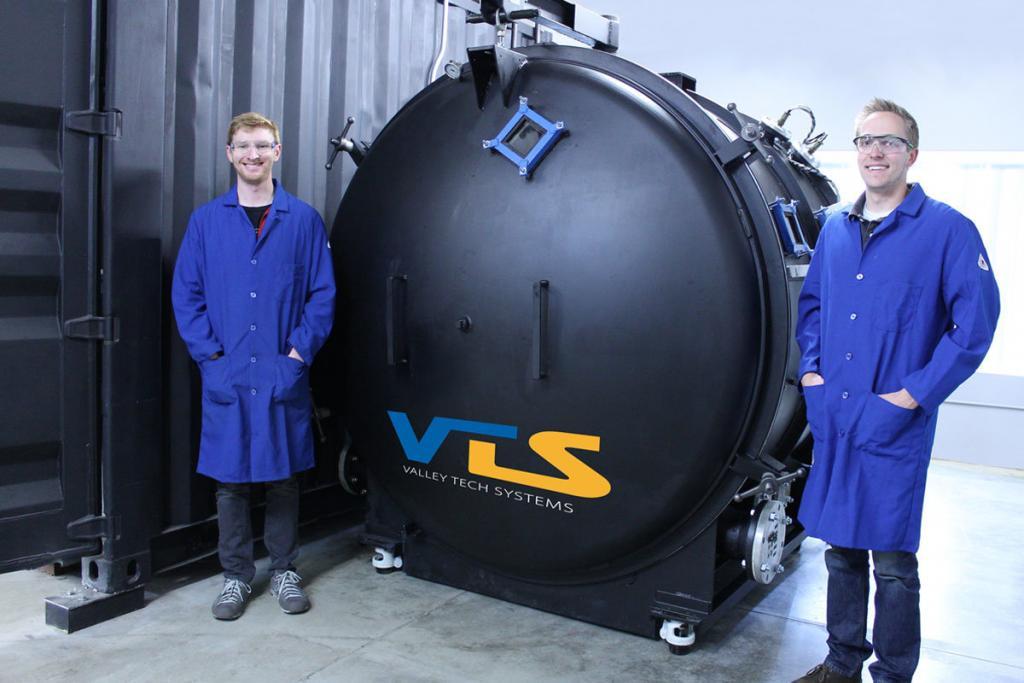Chamber Enables Demonstration of TRL 6 Criteria
As Valley Tech Systems, Inc., (VTS) redefines solid-propulsion technologies to give next-gen missile and space launch systems greater safety and affordability, the company is expanding its research and development capabilities. In February, the company completed installation of an altitude testing chamber at its propulsion development facility in Reno, Nev.

Mechanical engineers Cassidy Hebert, left, and Alex Hartman, right, are shown with a newly-installed altitude chamber in Reno, Nev. Valley Tech Systems, Inc., will use the chamber to demonstrate the maturity of its solid-propulsion technologies. (Image: VTS, Inc.)
The chamber enables the company to demonstrate its transformative propulsion technologies in a near vacuum similar to conditions in the upper atmosphere and space. The chamber simulates altitudes over 100,000 feet, enabling VTS to meet Department of Defense and NASA Technology Readiness Level 6 (TRL 6) criteria for demonstration in a relevant environment. VTS also has installed a simulation test lab that will be used to qualify avionics with hardware-in-the-loop testing.
“These new testing capabilities position us to demonstrate the maturity of our innovative solid-propulsion technologies for defense and space applications,” said Russell Carlson, vice president, VTS Aerospace Division.
Other VTS test facilities include a chamber with a cold-gas proofing and flow configuration and an ambient hot-fire configuration in Reno, as well as a remote ambient hot-fire test pad in Lovelock, Nev. (See list of propulsion testing facilities below.)
VTS facilities are fully permitted for energetic system development, storage and testing and meet all local, state and federal requirements for operation as a qualified NASA and Department of Defense supplier.
| VTS Propulsion Testing Facilities | |
|---|---|
| Cold-gas and Hydro Proofing and Flow Testing Chamber Configuration |
|
| Ambient Hot-fire Chamber Configuration |
|
| Altitude Test Chamber |
|
| Simulation Test Lab |
|
| Remote Ambient Hot-fire Test Pad |
|
Products developed by the VTS Aerospace Division include solid rocket motors, gas generators, ignitors and ignition systems, controllable propulsion systems and highly integrated propellant impulse control devices for: missile defense interceptors and kill vehicles; strategic, tactical and hypersonic missiles, as well as maneuvering reentry systems; and, commercial and military space launch systems and payloads.
